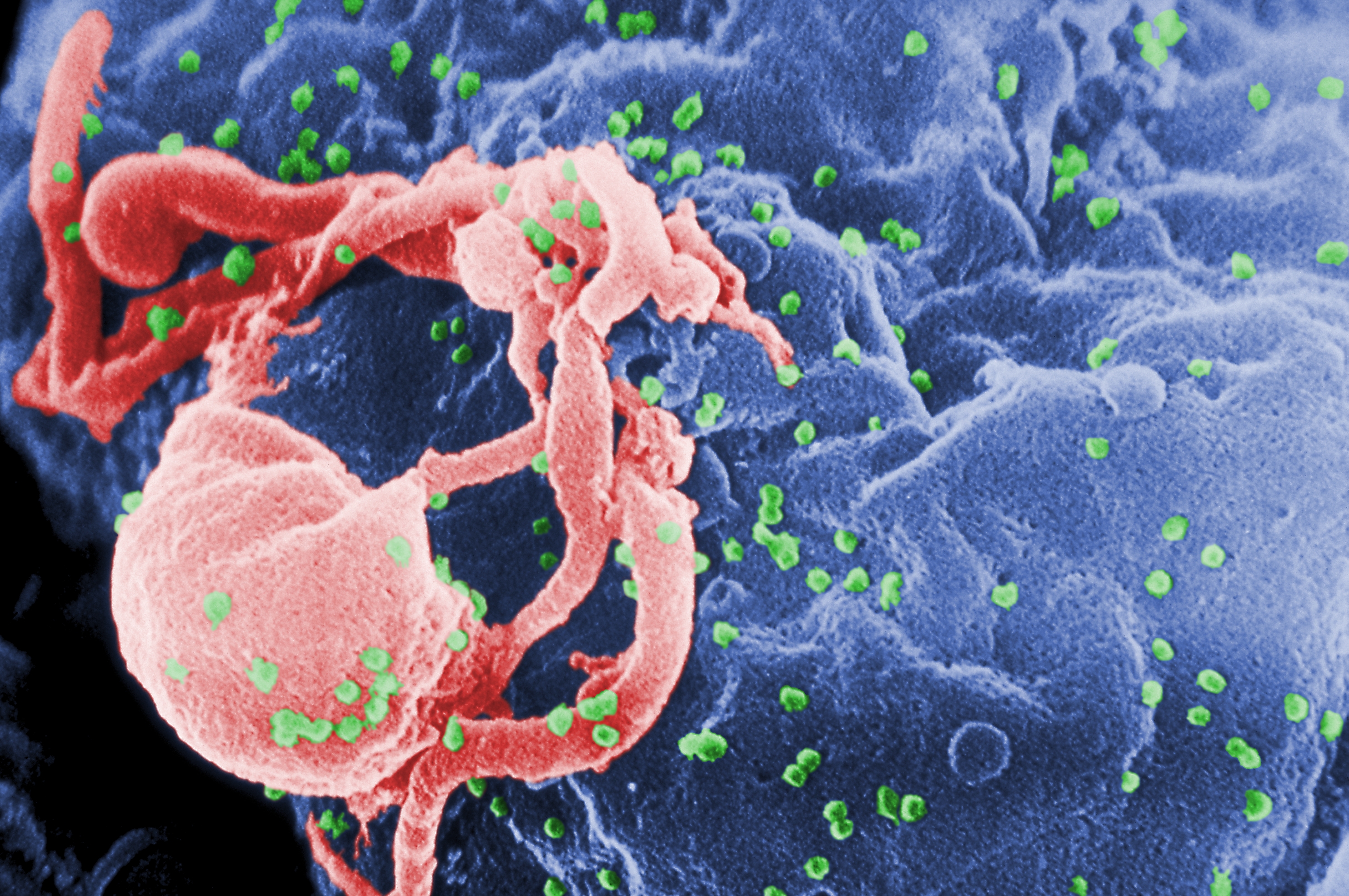
Over the past few days, news agencies and medical personnel have reveled in the limelight after a newborn has been said to be cured of the HIV virus. People who have only caught a glimpse of the news programs reporting on the subject may believe that infants everywhere can now be cured of HIV, and those who have only managed to read the banner at the bottom of the television screen on their way to school or work might think that HIV can now be cured in everyone. Well, this is certainly not the case and why this supposed cure is even being promoted as much as it has been is mind-boggling.
A cure occurs when someone, who was already infected with a virus of some sort, sees a full recovery from the afflicted disease. For instance, polio can be cured, and cancer cannot due to the fact that, although there is treatment for the disease, it never in fact goes away for good. However, it seems that HIV can now be added to the list of diseases that can now be cured. Yay! But wait a second. When and how did this disease get cured? That’s right—it didn’t.
The word of this said “cure” spread after doctors discovered that the now two and a half year-old baby showed no signs of the HIV virus in her blood. The process was simple: prescribe a large cocktail of already commonly used HIV medications to an HIV-positive mother whose child will most likely be born HIV-positive as well. After birth, the child continued on this treatment for a reported 18 months, but then the mother got lazy or forgot and decided that a 10 month gap from the treatment was probably a better route to take. When she returned to the care of Dr. Hannah Gay the infant showed no signs of the HIV virus.
This causes a misconception though because HIV cannot be cured by a simple combination of medicine, and this infant was a special case who may not have been infected by the disease to begin with. A cure? I think not. A miracle? That seems much more likely.
This is wonderful for the child and the opportunities to research how this infant was resistant to his mother’s HIV virus should be explored. Let’s leave no stone unturned here, but can we please not rant about how there is a cure for HIV-infected babies in the process? Someone should step up and say that HIV cannot be cured since it is unknown if the infant child actually was infected with the disease.
There is one reason that this child should not be promoted to have been cured. This reason can be summarized by the words of the chief of infectious diseases at Brigham and Women’s Hospital in Boston Dr. Daniel R. Kuritzkes, who said that “the one uncertainty is really definitive evidence the child was indeed infected.”
This means that doctors are unsure if the child was actually infected in the first place. In this case, the mixture of prescribed drugs could have simply stopped the virus from infecting the baby’s body. If this is what happened, then this is definitely no cure, rather a case of prevention, as ascertained by Stanford pediatric AIDS expert Yvonne Maldonado, MD.
Until all of the details are looked into by experts who deal with HIV and AIDS, the word “cure” should be the last declaration used. Naturally, news agencies are trigger-happy with the term, but there can be consequences to this overuse of the word.
The first problem is not knowing if this treatment can be duplicated in other patients. Can all babies be cured with an early influx of large doses of prescribed medication? Or was it just this one specific instance? If that is the case, then we really need to rethink how to go about promoting this child’s HIV-free health because her story shouldn’t be promoted as a guaranteed cure for HIV.
The second consequence is putting more HIV-positive expectant mothers who have heard of this cured child on this same treatment. The therapy should be administered, but these mothers could make the same mistake as the mother of the “cured” baby. They take the drugs for a long amount of time and then assume it is okay to stop. One may think that a mother may not be foolish enough to do this, but that is exactly what the mother of the now “cured” child did. This is dangerous because even if the HIV virus is undetectable due to this drug treatment, or antiretroviral therapy, halting care can lead to a moment where “the virus comes roaring back.”
Calling this drug cocktail a cure is a mistake because it has not been determined if it is actually a cure. When Timothy Brown underwent treatment for his HIV by use of a stem-cell transplant in his bone marrow and was later found to be completely free of HIV, then it was appropriate to call his procedure a cure. It is time to stop using the word cure unless referencing Brown’s received treatment and other future remedies, and to start discussing how we can find another cure through the knowledge about this infant’s immunity.








